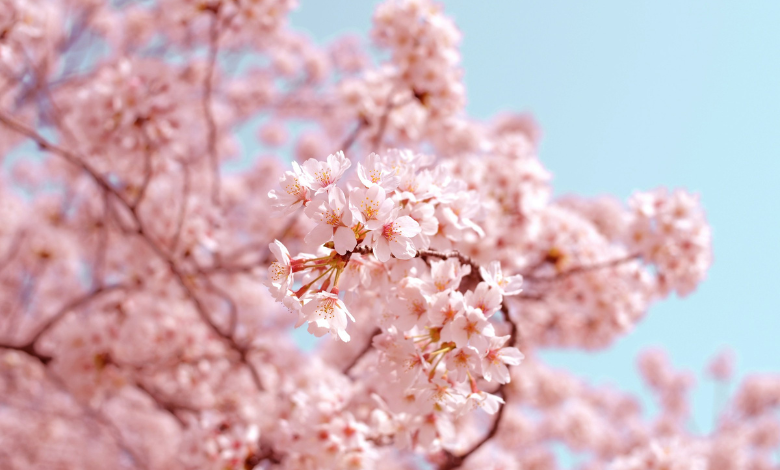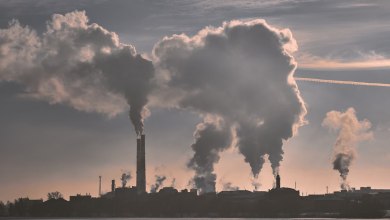Cherry blossom and climate change: Early sakura are harbingers of more changes to come

In Japan, the extremely rare and breathtakingly beautiful 10-day cherry blossom “front” is expected to start ten days earlier this year due to global heating. It’s not a freak prediction as human-led climate change is raising temperatures across the globe.
In 2023, travellers arriving in the capital city of Tokyo in April to experience the famous cherry tree petals encountered a hefty surprise: instead of blooming as forecast in late March, the pink sakura appeared ten days earlier than predicted, spoiling a lot of people’s plans.
Nonetheless, Japan’s beloved four seasons are under threat altogether. “If greenhouse gas reductions cannot be achieved, there is the possibility of cherry blossoms in February,” said Yoshihiro Tachibana, professor of Climate and Ecosystem Dynamics from Mie University.
Tips for travellers as Japan cherry blossom season changes
Cherry blossoms are a sight on many travellers’ bucket lists, but given their short appearance of an ever-shifting 11-day window, ensuring a viewing is becoming increasingly difficult for foreigners. Remember, the timing of the peak cherry blossom viewing depends on the weather.
Richard B Primack, a researcher and professor of biology at Boston University, said: “Spring warming is the most important determinant of flowering times.” Since spring weather is getting warmer year after year, cherry trees are flowering earlier than expected.
Sakura’s flowering times have been recorded for hundreds of years, making them one of the best-documented examples of the biological effects of climate change on the planet. It is important for international travellers to be flexible in their itinerary to spot the blooms.
Can sakura raise awareness about climate change?
Reached too late for peak blooms in Tokyo or Kyoto? Try heading north to catch a few glimpses: the latest you can see the petals in Japan is in Hokkaido in May. Love an early spring bloom viewing? Then move to semi-tropical Okinawa in January, according to BBC.
Since the beloved cherry blossom season in Japan is getting hurt each year by the climate crisis and consequently shifting to irregular patterns, researchers hope the abrupt changes can raise public awareness of the impact of global heating and encourage citizens to act.
But in terms of climate action, Japan still has a long path to trace, said Hanna Hakko, a senior associate at E3G, an independent climate change think tank in Tokyo. The country is currently facing significant challenges in meeting its climate target, she added.



